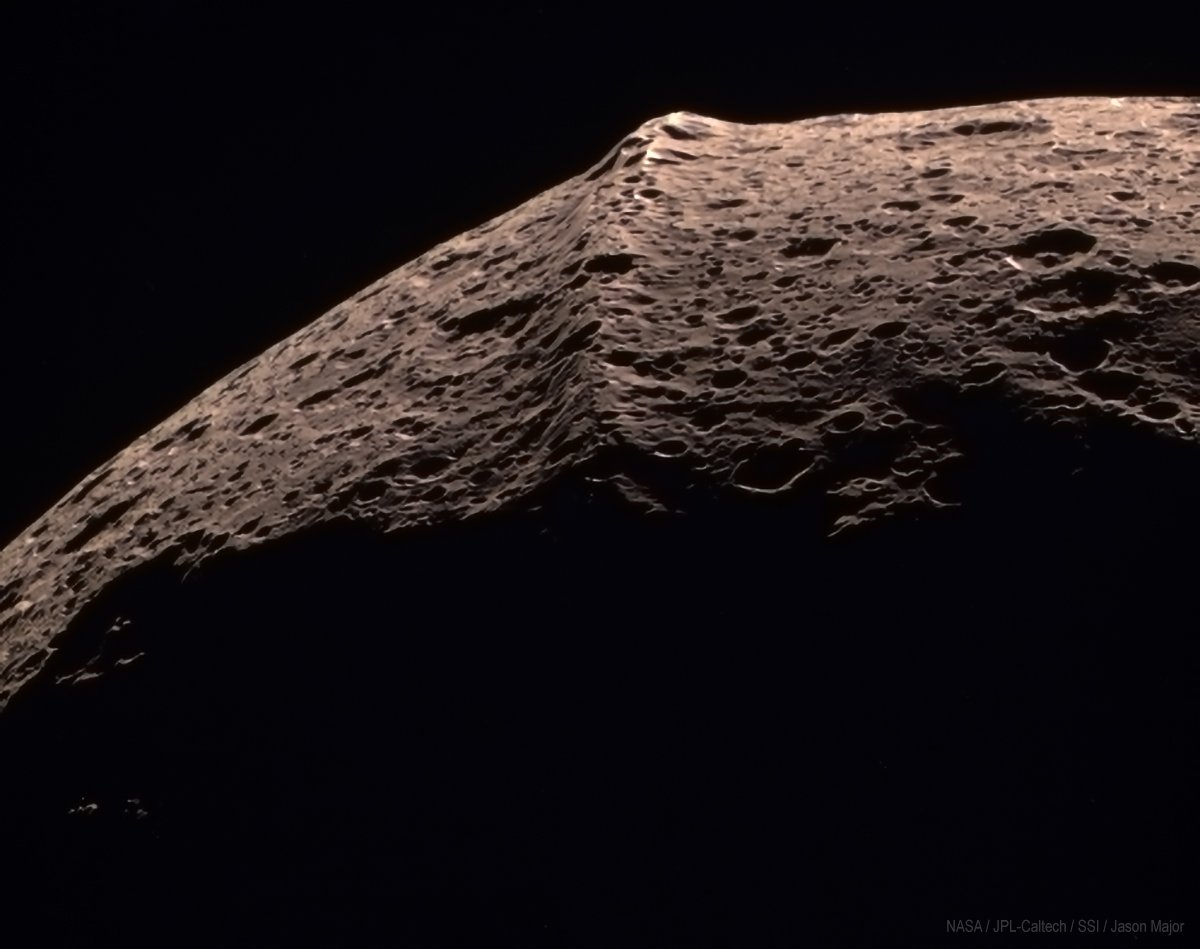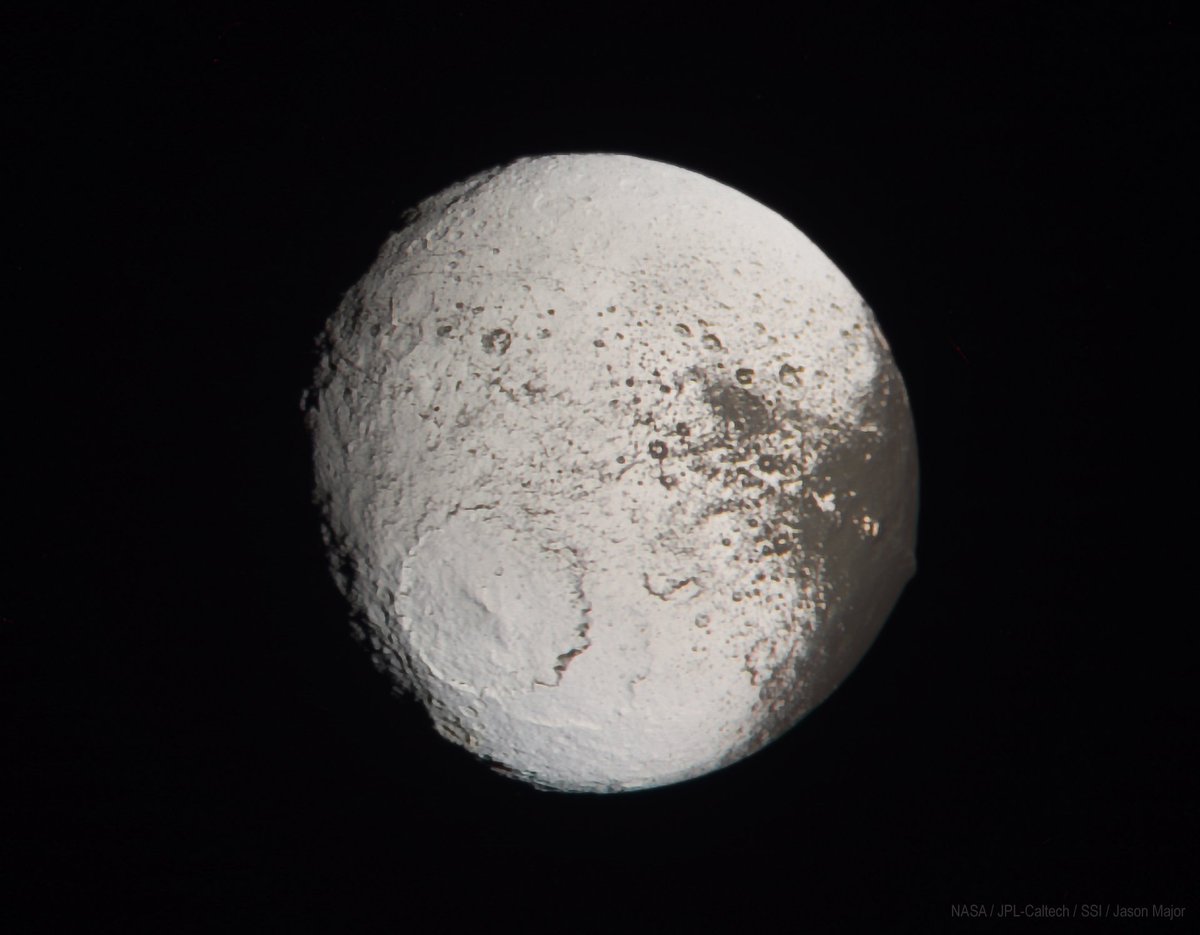
There's an estimated 10% chance that two large pieces of orbiting space debris could collide tomorrow night at an altitude of 615 miles and a relative velocity of 32,883 mph.
https://twitter.com/LeoLabs_Space/status/1316410780552699909
With a combined mass of over three tons, these two orbiting objects will miss each other by about 40 feet.😬
Let's hope we don't add Kessler syndrome to the list of 2020 fun
Let's hope we don't add Kessler syndrome to the list of 2020 fun
These two objects are a Russian nav/com sat and a Chinese rocket stage, according to @planet4589
https://twitter.com/planet4589/status/1316152572424617990?s=20
The nav satellite has a 50-foot-long boom extending from it too, just to add an extra element of excitement.
This speed, by the way, is nearly 12 times faster than high-velocity rifle bullets. Except these bullets are well over a ton each.
A little update here via @planet4589
https://twitter.com/planet4589/status/1316792122616545288
The most recent model is showing a miss distance of about 82 feet between these two objects, but there's still a margin of error there
https://twitter.com/LeoLabs_Space/status/1316801830698078213?s=20
Update: no sign of any impact or debris.
https://twitter.com/leolabs_space/status/1316919600160903168
Now it’s coming to light that estimates from other bureaus had a *much* wider miss margin between these two orbital objects, up to nearly 600 meters. Still close but certainly not as dramatic. 🤨
https://twitter.com/planet4589/status/1316930442340241409
• • •
Missing some Tweet in this thread? You can try to
force a refresh





